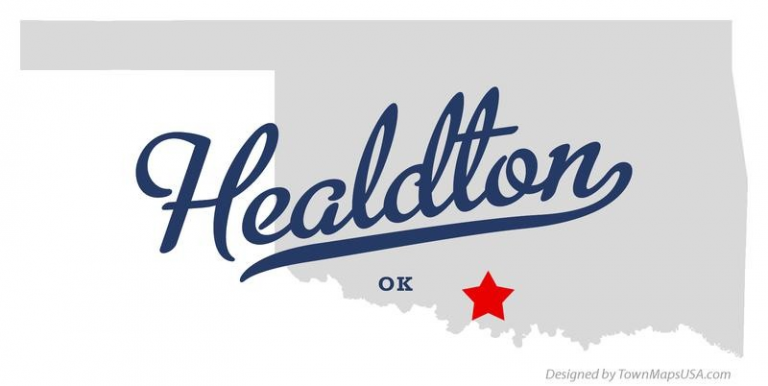The Ardmore Behavioral Health Collaborative has developed the 3H Task Force to take a deep dive into the homelessness situation in Ardmore.
In January, the first phase of the study, which is focused on unsheltered homelessness, began and it was finalized on March 5. The second and third phases, which will focus on sheltered homelessness and solutions, are scheduled as the task force works to identify effective solutions.
“The causes of homelessness are complex, and to fully address the issue, we need a big-picture approach,” Ellen Robers, Director of ABHC, said. “That’s why we formed the 3H Task Force. We are stepping back to understand what homelessness looks like in our community and identifying solutions that will work here. No single entity can solve this problem alone, but by working together, we can create real, meaningful change.”
3H stands for homelessness, housing and health. The first phase consisted of 22 people from six partner agencies conducting a short survey. A total of 67 people were identified as unsheltered homeless, living in cars, parks, outside, in abandoned buildings, substandard housing or similar circumstances.
The task force is comprised of representatives of ABHC, Carter County Health Department, City of Ardmore, Community Youth Services of Southern Oklahoma, Family Shelter of Southern Oklahoma, Grace Center of Southern Oklahoma, Lighthouse Behavioral Wellness Services, Mercy Hospital Ardmore and Salvation Army.
“I’m thankful the city was asked to be a part of the task force,” Assistant City Manager Kevin Norris said. “It is helping us gain a clearer, more comprehensive understanding of homelessness in Ardmore. The city recognizes that this is a complicated issue that will take all of the entities at the table to address.”
Roberts said the Phase One results validated what the task force felt the case was with homelessness and that it is great to have the information to back that up. She said there is misinformation about the homeless. The task force can say what it looks like in Ardmore and have the data to back it up.
The short survey included name, age, where the person slept and where they are from. Roberts said out of the 67 unsheltered homeless people that were identified, 42 are from Ardmore. Six are from other parts of the state and 10 are from Texas. The remaining nine homeless people are from other states.
“When you include everyone from Oklahoma and Texas, especially almost everyone was from the area, almost every single person identified they were from Ardmore,” Roberts said.
Information from Phase One provided age ranges from 65 and older to between 25 and 34. In Phase 2, Roberts said she expects to see younger people identified as sheltered homeless.
The task force has received information from Ardmore City Schools about the students they serve under the McKinney-Vento Homeless Assistance Act, which protects education services for homeless students.
Phase 2 is actively being worked on at this time. Roberts said the task force will also be gathering some housing information during that phase of the overall study.
“Once we feel confident in that information, we will roll that out,” Roberts said.
The information developed by the task force is unique. The US Department of Housing and Urban Development has conducted Point-in-Time studies in the past to provide an indicator of the homeless population.
“The way that the information is collected, there is not an organization that is boots on the ground, going out and collecting those surveys,” Roberts said. “They are just getting emails to shelters. So, usually, it is like the Salvation Army is reporting the numbers. Maybe one other organization is reporting the numbers. I think in 2019, it was like, there are 12 people who are homeless in Ardmore.
“We know that is not true. We know that it was higher than that, but it was because there wasn’t someone actively going out and getting the count.”
Roberts said the surveys were intentionally made shorter to get a higher response rate, compared to the point and time surveys, which are long and ask intrusive questions.
“I think the thing that we are really wanting to emphasize is just that it is an issue that will take the whole community to address,” she said. “No one entity is going to be able to take it on themselves. It will take everybody at the table to address the issue.”




